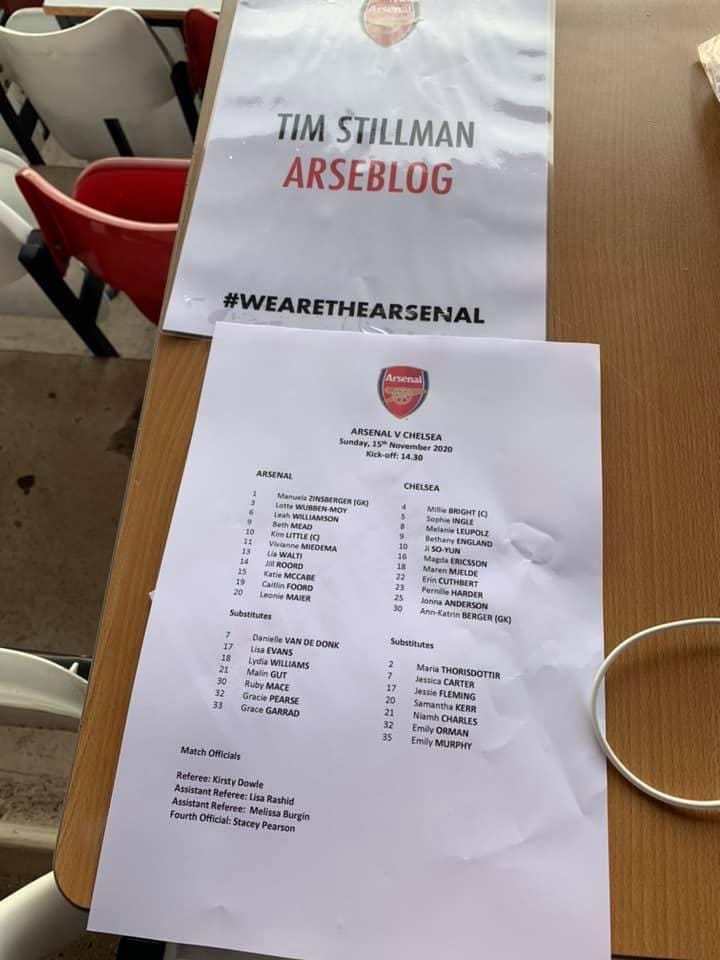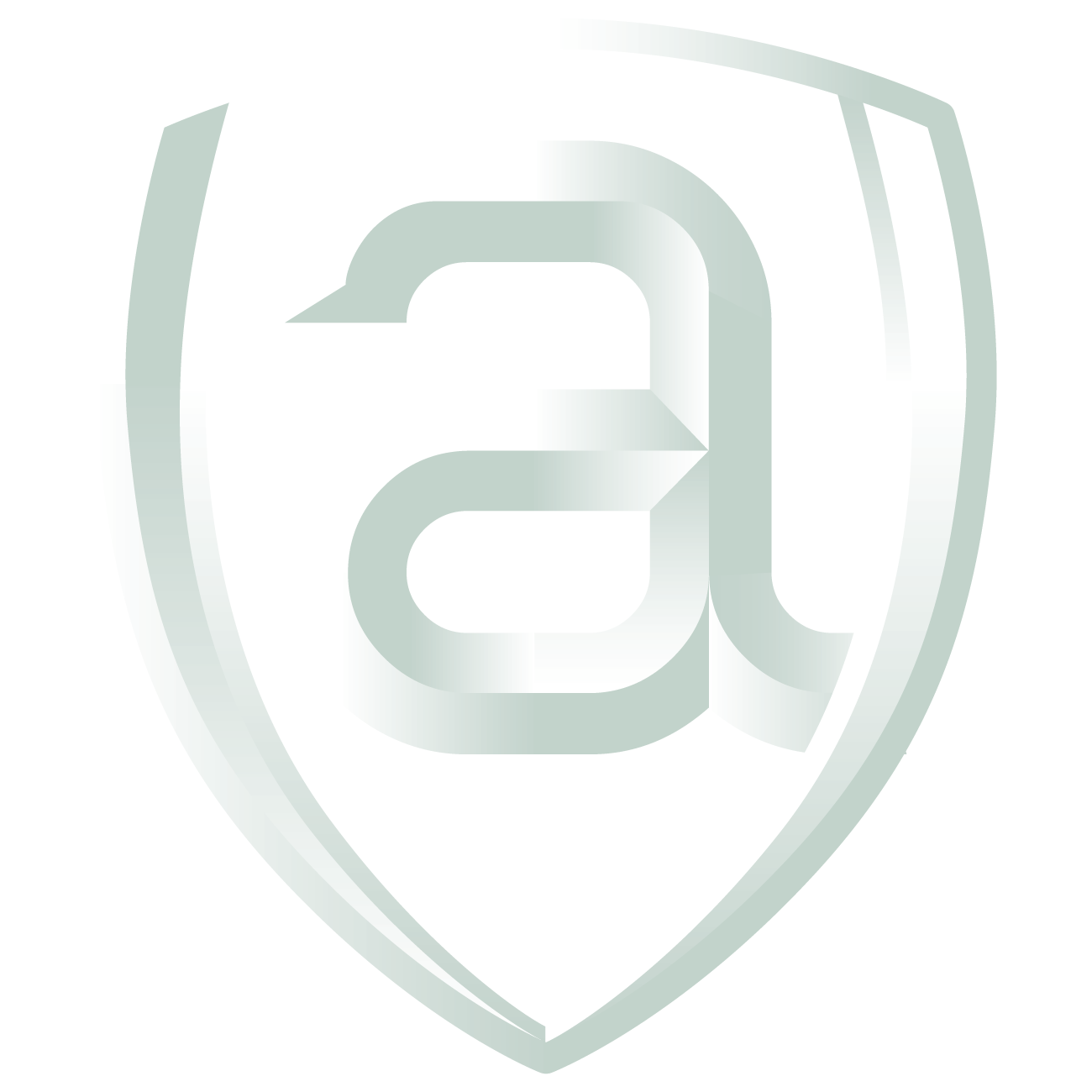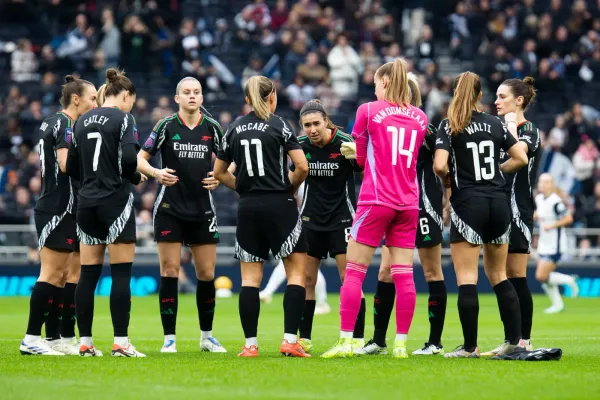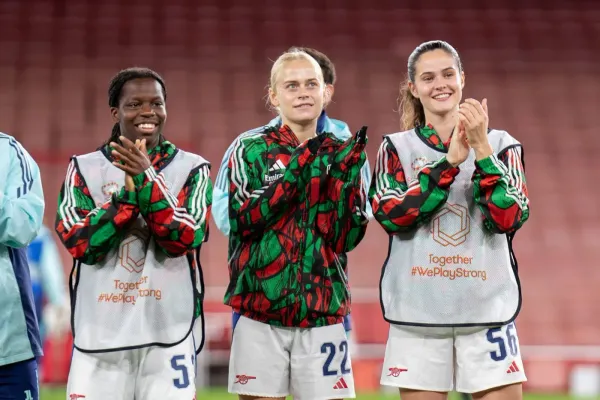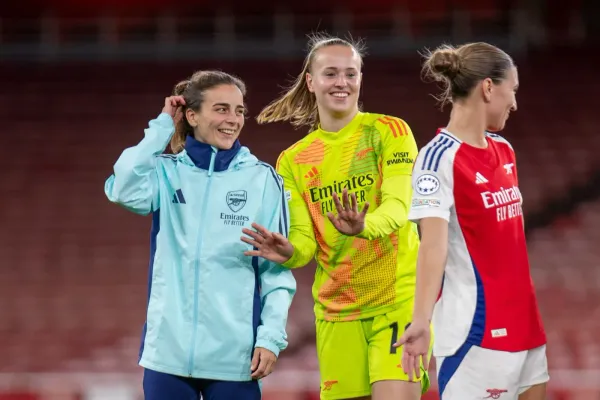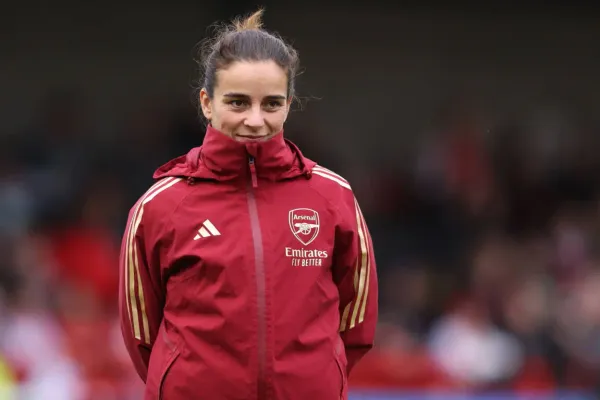Covering Arsenal Women during lockdown
Covid changed many aspects of the role and established new conventions too
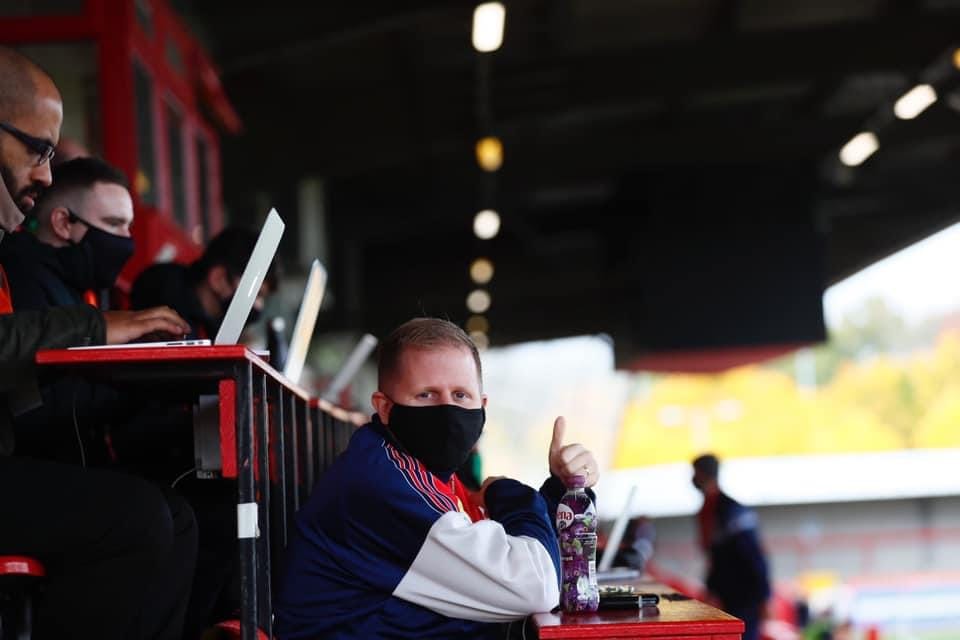
Clearly, lockdown was a very strange and scary time to live through. In football terms, for me (at the risk of being glib) it didn’t come at a terrible time. For a start, the 2020-21 season, played almost entirely behind closed doors (I was lucky enough to get to two restricted attendance men’s games during that season) was incredibly forgettable for the men’s team.
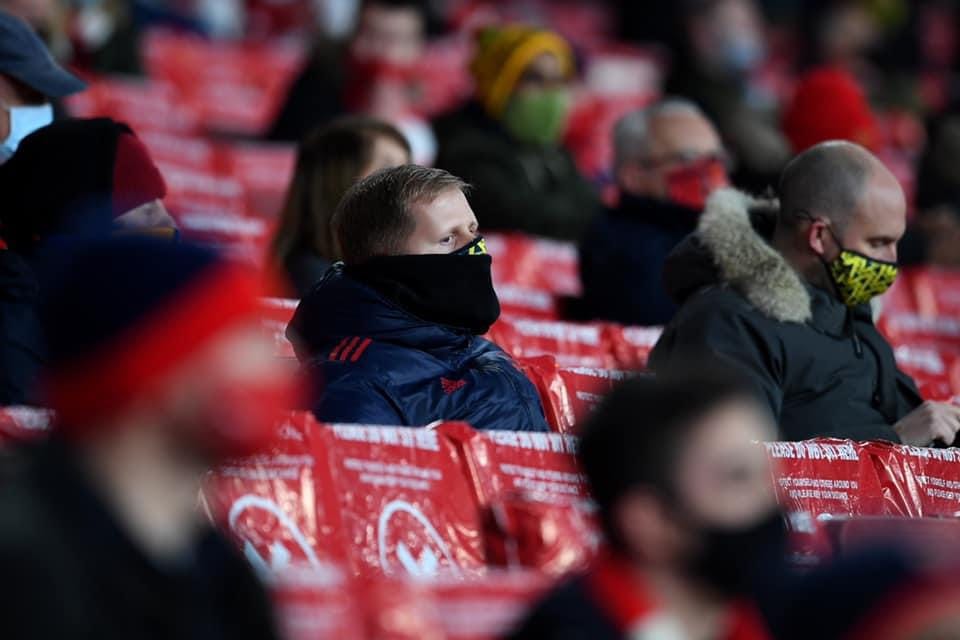
Personally speaking, it was also the first year of my daughter’s life too so it wasn’t a terrible time to be at home more and to lose the cost of my men’s team season ticket for a season. However, I was fortunate enough to be allowed to continue to follow and cover the women’s team for the most part.
I couldn’t get into the first four or five games at Meadow Park that season since Boreham Wood FC had the strictest rules in the whole country with regards to allowing journalists into the stadium. Initially, they only allowed four on site, which was easily covered by the competing teams and the FA’s website.
Boreham Wood eased their stance in November 2020 after earning some bad publicity for blocking access to the Southend Echo when Boreham Wood played Southend in the FA Cup. The Southend Echo wrote a story about it and Jeff Stelling chided the club on Soccer Saturday.
That piece of bad PR meant I could finally get access to Meadow Park as they upped the allowance to eight journalists per game and I was in. As much as the games were obviously enormously inferior without supporters, I am not going to lie, it was nice to be able to get to the toilets at half-time unchallenged…
There was always that sense of anxiety approaching the entrance at Meadow Park where you would be greeted with a thermometer to have your temperature taken. If you were over 37.5 you weren’t coming in. I made well sure to remove any significant winter wear a good few minutes before approaching the turnstile…
Press areas became far more makeshift, at most WSL grounds, press areas are a little…snug… in a time of strict social distancing that was not permitted, so often journalists fanned out into the empty stands and were warned to take an independent power supply to games. At Meadow Park, tables were hastily annexed into the East Stand over the top of the seats. Without the sound of the crowd I distinctly remember the generators buzzing really loudly around us.
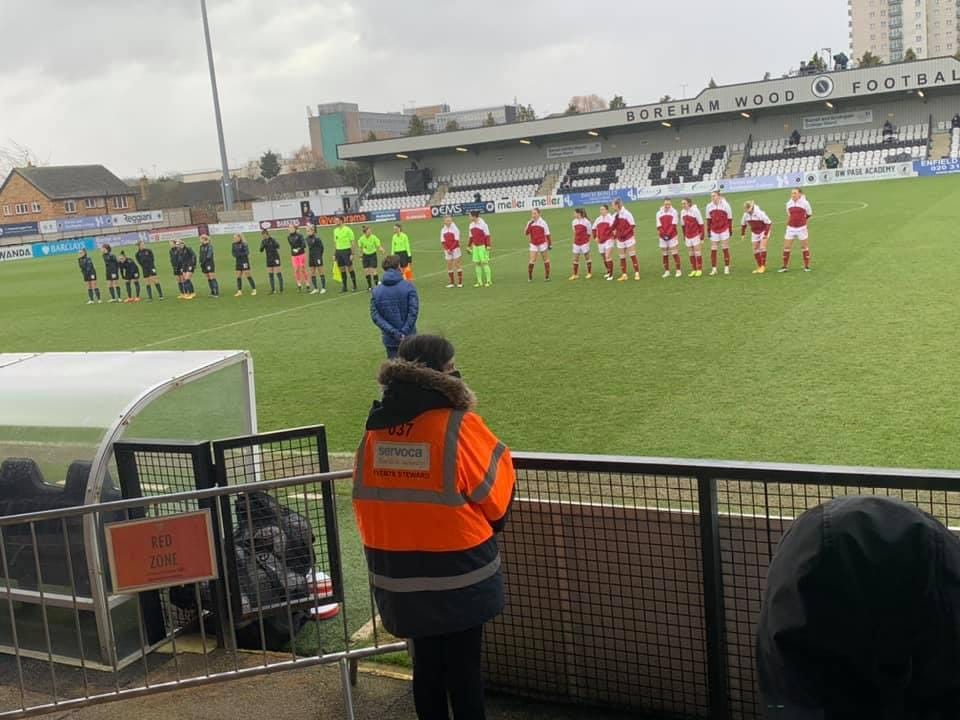
The last WSL game I did not cover in person was a 4-0 win over Everton in December 2020 when I was ‘pinged’ by the Covid app as having been in close contact with an infected person, meaning I had to isolate. I am certain that close contact occurred on a train back from Manchester when the Gunners lost 2-1 to City at the Academy Stadium thanks to a stoppage time goal from Caroline Weir.
Covering away matches was especially interesting because I had literally no other reason to travel during this period. My first train journey in seven months occurred in October 2020 to cover Arsenal’s 4-2 Conti Cup group stage defeat at Kingsmeadow. My first journey outside London and subsequent overnight stay was to cover the 1-0 defeat at Manchester United in November 2020.
On that train journey we were compelled to stick to the window seat (aisle seats were not sold and considered off limits) and you were instructed to turn your back on the seated individuals you passed when you needed to use the lavatory. I stayed in a hotel overnight prior to that defeat at United and I had to order dinner from my bed, which was taken to my door, left on a tray on the floor, the door would be knocked and I was asked to wait five seconds before retrieving it to give the attendant time to disperse.
My other abiding memory of covering those away games was of ‘mask fatigue.’ Due to strict instructions to wear masks on public transport and inside the stadiums, often I would wear a mask for up to ten hours with little relief. It would always give me a headache which would subsequently convince me that I was coming down with covid symptoms. (I was incredibly fortunate not to be knowingly infected during either lockdown period. February 2022 was the first time I tested positive for covid and even then I was asymptomatic).
There was the ‘second lockdown’ in early 2021 which was particularly tough on people. I recall travelling to Walsall for the 4-0 win at Aston Villa in February 2021 and police stopped everyone who entered London Euston train station to ask them why they were boarding a train. (Football journalists were, perhaps amazingly, considered ‘essential workers’ so I was waved through).
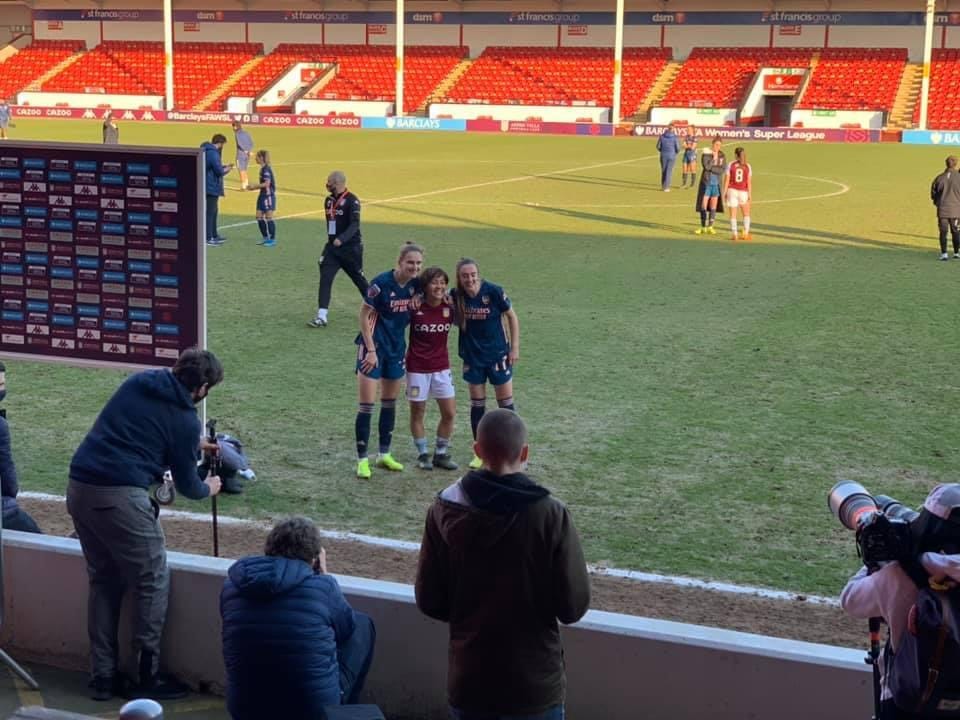
That victory at Villa overlapped the men playing away at Leicester and I watched that game on my iPad in the press box while the women’s team warmed up. This burnished me with an extra job that day- keeping Leah Williamson updated with the score from the men’s game by holding up the appropriate number of fingers every time she looked in my direction. (The men won 3-1). With no crowds, journalists were more prominent from the field of play.
Clearly, access changed during lockdown. This is when Arsenal started to put on pre-match press conferences with Joe Montemurro. Those didn’t exist before lockdown, difficult as that is to believe now. It was Arsenal’s way of bridging the access gap because access with players all but disappeared.
Again, believe it or not, the manager did not always necessarily speak to the press post-match either. Often if the press pack decided they wanted to speak to a player, then the player did the post-match duties. Again, Covid changed this because post-match access was entirely virtual and there was a need for certainty and routine. So the manager joined a digital post-match press conference while we interacted digitally from the same stadium, often at a distance of metres apart.
In November 2020, I covered a Conti Cup away game at London City Lionesses and I was the only journalist on the post-match call with Joe Montemurro. Upon seeing this, initially Joe requested we just do the interview in person at a good social distance but one of the advantages of the virtual call was the ability to record it and distribute it to journalists who could not attend the game. Only Brighton bucked this trend, allowing journalists to speak to Hope Powell from two metres away.
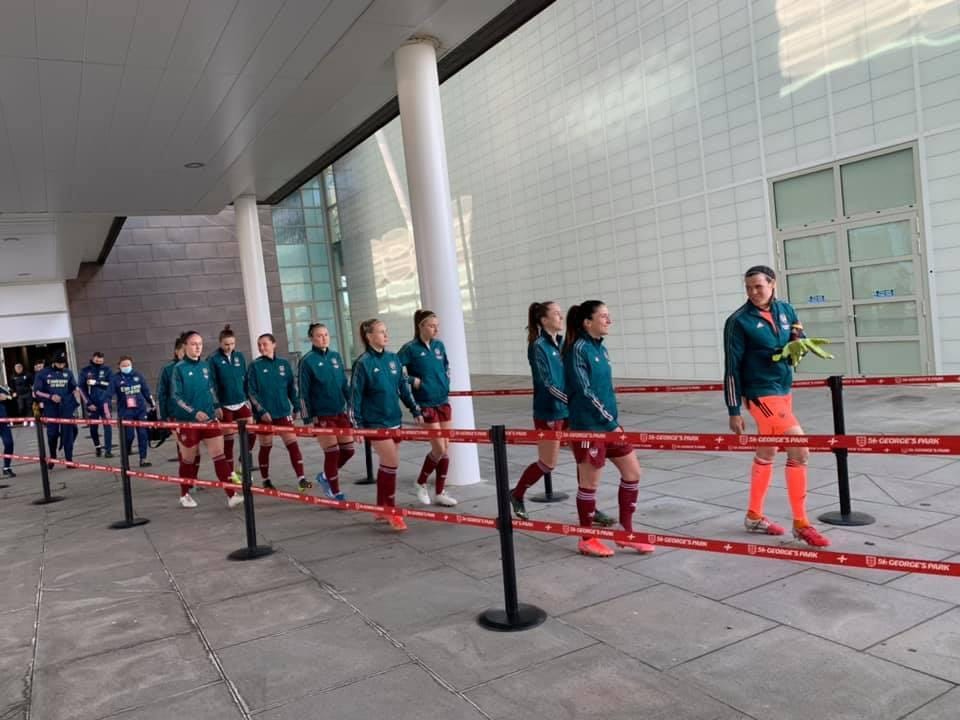
Covid established that regular drumbeat of coach communications and clearly enabled clubs to control the pre and post match media environments more meaningfully. Though the virtual post-match experience no longer persists at all. Most clubs still offer a virtual pre-match press conference since women’s football is still served by generalist journalists who can cover multiple press conferences in a day in a virtual environment.
To not offer a virtual option risks your coach’s press conference being scantily covered- there aren’t many club specific or regional correspondents in the WSL yet. This is something I think is often under appreciated, most women’s football journalists have to cover the whole league and the England national team by themselves.
Covid obviously began to reduce the player interaction and that reduction has sustained (and understandably so) simply due to the rise on popularity and coverage of the game. Covering games during lockdown had a really regular routine to them and that was really welcome during such an uncertain time. Having to mumble your questions through a mask in a heavily socially distanced press box to a manager already struggling to hear you through faulty WiFi had its challenges, but the privilege of being able to go to these games enormously dwarfed any technical glitches.
Applying for away accreditation became more precarious because (again, understandably) there was a rise in fans posing as journalists (man I feel self conscious) simply trying to access games by any means necessary. So when someone from ‘Arseblog News’ applies for accreditation, some clubs wanted further reassurance…
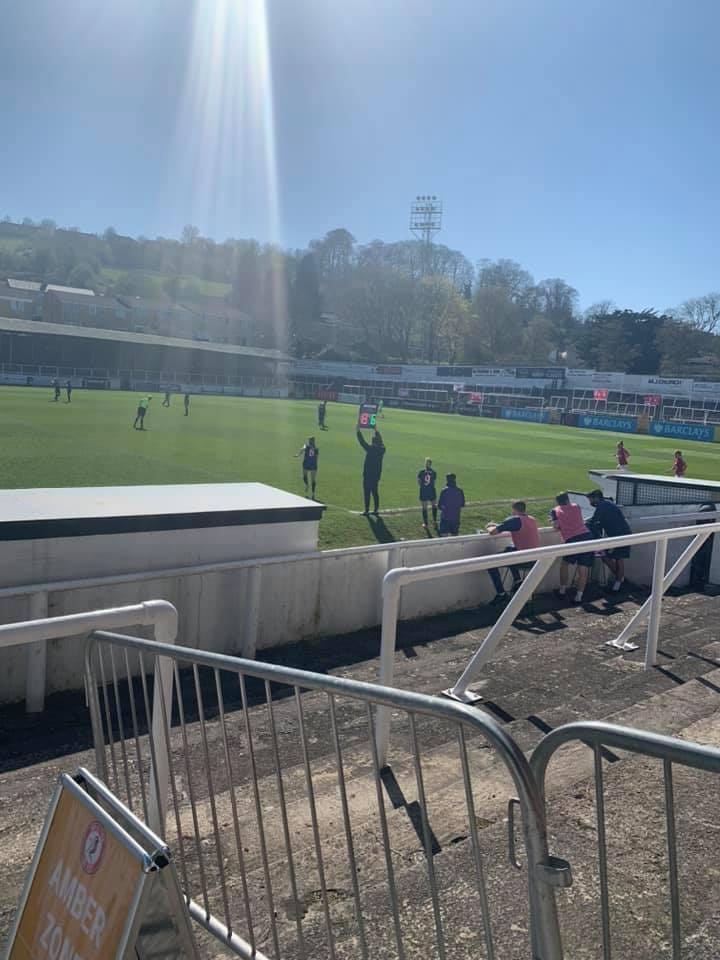
The real challenge was the initial period of Covid when Arsenal made the decision to essentially shutter all access until the resumption of football (the WSL season was cancelled in March 2020 and the 2019-20 league decided on points per game). Andrew did not furlough me from Arseblog, a very conscious and deliberate decision that was made and communicated to me straight away.
While it was made clear to me that I wasn’t expected to maintain the usual level of content, I felt a responsibility to try (my wife was heavily pregnant at the outset of Covid, that early certainty was priceless to me). I bypassed due process and set about contacting some of the players I had the means to contact independently (this would never happen now, I have fewer means to contact players and things are just different now anyway).
I arranged interviews with Louise Quinn, Leah Williamson, Katie McCabe and Lisa Evans which were procured ‘directly’. The amusing thing was that all were incredibly willing to be interviewed, football had been cancelled, they couldn’t train together, all of a sudden most of them had a lot of extra time.
They were some of my favourite interviews, free from the ebb and flow of the schedule, I was able to speak to the players more deeply about their games and how they had developed over time. This period marked a change in how media and women’s football interacted, it created more of a schedule but also reduced player interaction.
I was fortunate enough to be in a situation to be able to go a little rogue and circumnavigate that where I could. I wouldn’t be able to do that now and probably wouldn’t need to anyway given how much more organised these interactions have become as the game has grown and media demands on players have become so much more significant.
There were peculiar incidents, like the Conti Cup group games against Chelsea and Spurs which were not broadcast, which both made it an immense privilege to be able to attend but also a big responsibility to be the eyes and ears of the supporters that couldn’t watch. It was, obviously, a strange and different time, some of which set the tone for club media relations for the ensuing years, some of which really didn’t and were totally unique to that period.
I really missed going to men’s games during that period and found that going to football is, as melodramatic as it sounds, pretty crucial to my mental health. The release is especially important because I don’t deal with stress or anxiety well. Not having those weekends of meeting with friends, sinking a few pints, singing some songs etc was really detrimental to me.
Covering these matches wasn’t quite the same. I couldn’t have three pints before a game, sing unflattering things about the opposition and fret and shout and swear. But they really were a life saver and even if they were strange, subpar games to cover, it was an incredible privilege to be able to do so.
